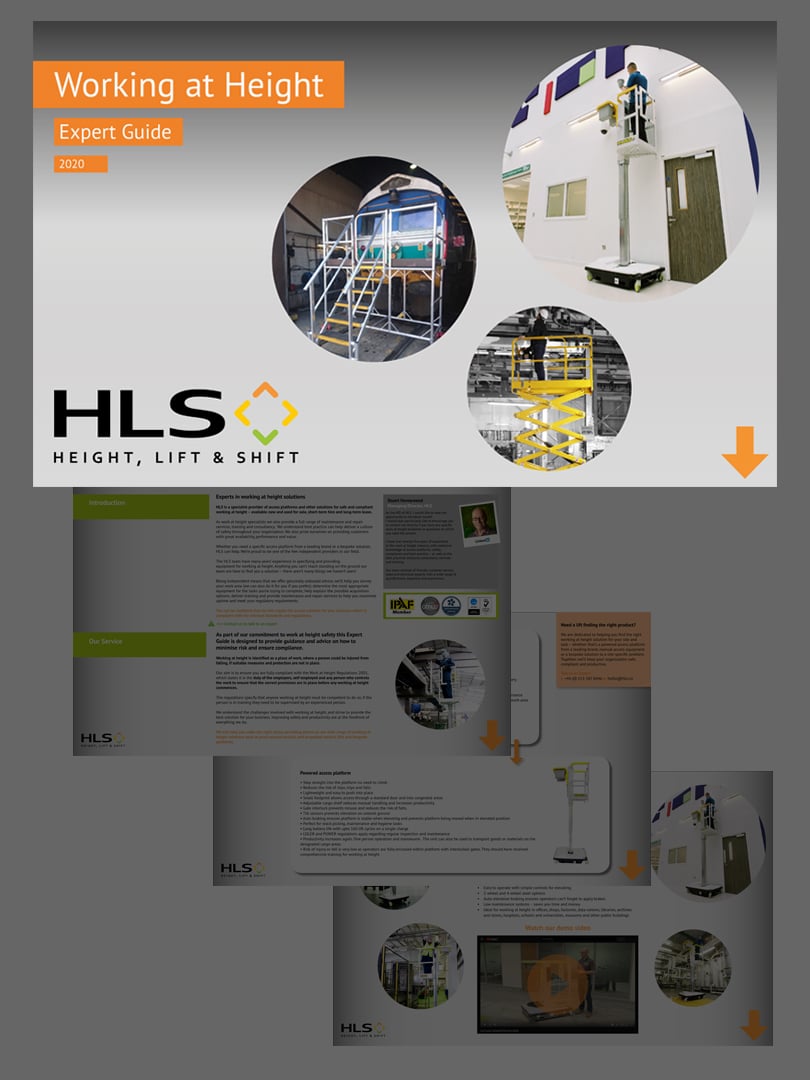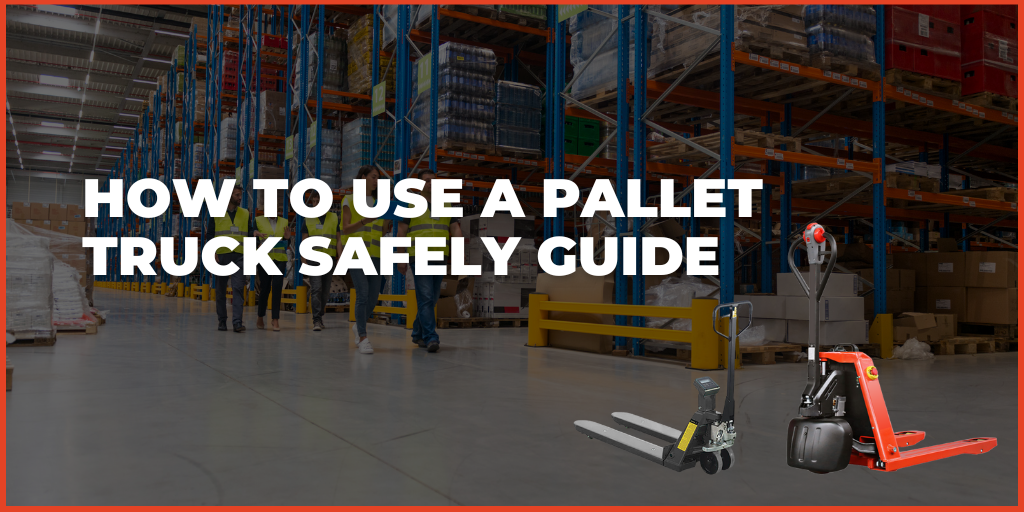In the previous blog in this series, we highlighted how statistically accidents are more likely for workplace ‘new starters’.
In this blog we will look at why this is the case and how employers can take clear steps to protect new starters or vulnerable workers who are involved in work at height.
HSE statistics show:
“Workers are as likely to have an accident in the first six months at a workplace as during the whole of the rest of their working life.”
According to the HSE statistics for 2017, working from height was the most frequent cause of fatal accidents to workers, with over 1 in 4 deaths in work accounted for by working at height. With over 60% of deaths during work at height involving falls from ladders, scaffolds, working platforms and roof edges, including unstable roofs, and 43,000 non-fatal accidents involving falls from height across all industries, it’s clearly an area for concern.
Add to this the alarming statistic from the labour force survey, which suggests workers are at double the risk of injury in the first six months of employment. There are clear warning indications that prevention and control measures need to heightened for new starters who are involved with work at height.
“Working at height remains one of the biggest causes of occupational fatalities and major injuries.”
WHY IS THIS?
Those who are new to a role that involves working at height could be new to the industry or workplace and they won’t be familiar with the job and the work environment. They may feel unsure about what they are doing and be reluctant to raise concerns. They may also be keen to impress workmates and managers and may ignore warning signs or cut corners. People who are more experienced in a role will be aware of the hazards, both obvious and not when using work at height equipment. They’ll also be more familiar with site layout - especially where site hazards may change from day to day and will recognise the warning signs. They may well have even witnessed a near miss or an accident when working at height so are especially cautious of the risks.
ACT SOONER, RATHER THAN LATER
There are clear steps that you can take to protect new starters or vulnerable workers who are involved in work at height.
CAPABILITY
Get an understanding of their literacy and numeracy levels and physical capabilities. Get a handle on their experience and assess how much they know about the role and the environments that they have worked in previously.
Make sure that they can understand what they’ve been asked to do and that they know how to do it. Don’t underestimate the breakdown in communication that can come with language and cultural barriers and seek training in their native tongue if required.
WORK AT HEIGHT TRAINING
1/4 of fatal accidents taking place on the very first day, it’s clear where the starting point has to be.
When the risks are this high, then time for training is essential to prevent accidents to workers.
As well as the more general induction showing new employees around the workplace or site to show them where the main hazards exist (e.g. falls, slips and transport), thorough working at height training is essential.
This training may be on or off site, although on-site training to provide relevant information, instruction about the risks that new workers may be exposed to and the precautions they will need to take to avoid those risks when working at height in their day-to-day working environment helps to increase their confidence.
Seek advice from a professional work at height training company to complement your local, on-the-ground knowledge. Also, try to make sure training dates are factored in advance when you are recruiting new starters so that this can take place before they start working.
If you find that you are unable to and fill a course with new starters, invite co-workers who may have recently changed roles or those that are relatively experienced. More experienced co-workers will be able to refresh their knowledge and share their experience with the group.
SPEAK TO AN EXPERT
Whilst we cover the main accreditations and awarding bodies, we are also able to provide a fully tailored training program that addresses your specific challenge, sector, and site environment.
.png)




